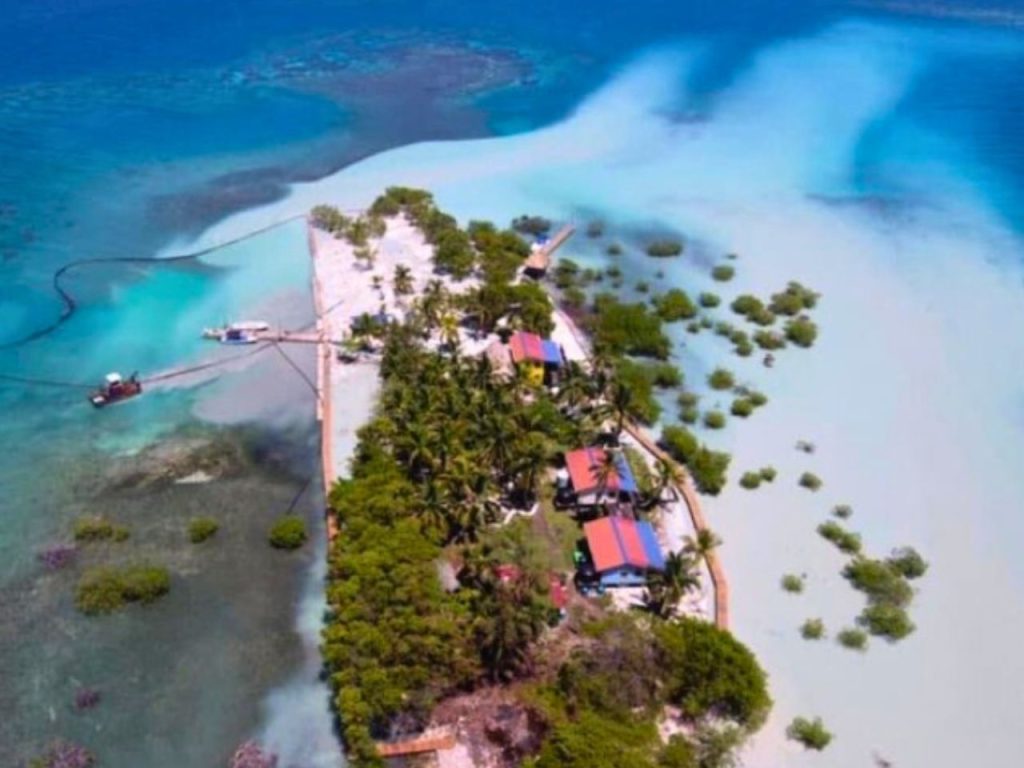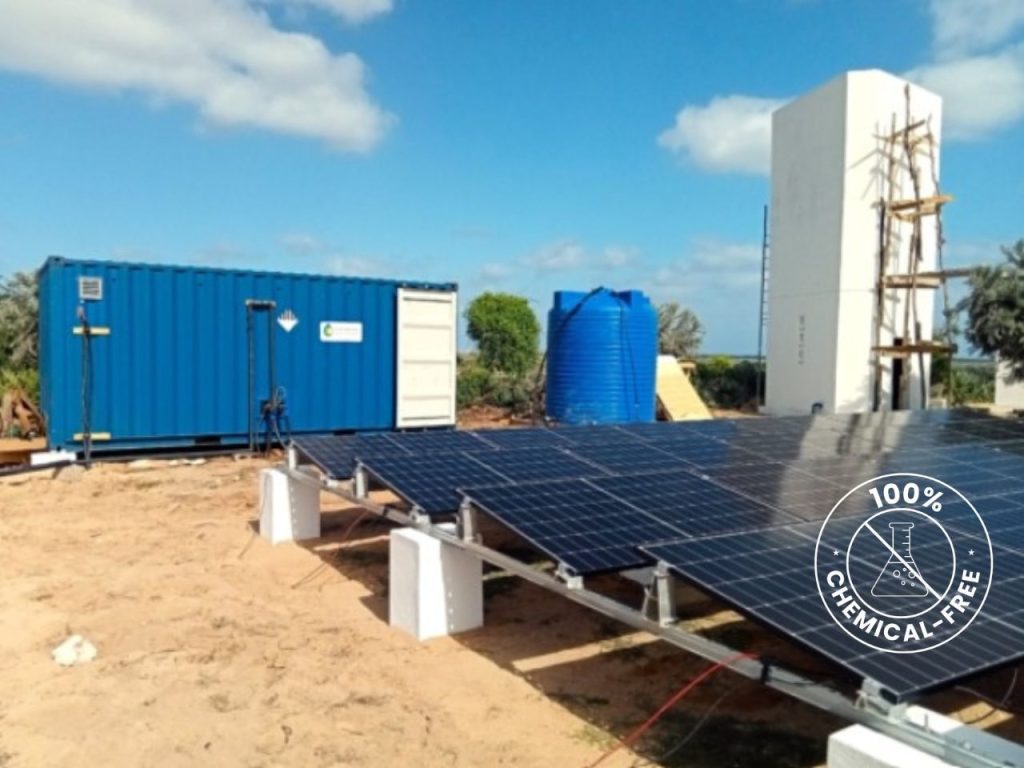Freshwater shortages aren’t just a future worry – they’re happening now. On some remote islands, in coastal towns, and even deep inland, people are turning to desalination to keep water flowing when the usual sources dry up. It’s helped communities keep the lights on – or rather, the taps running – and kept farms and local businesses alive during tough seasons.
But desalination comes with a catch.
The clean water is only half the story. What’s left behind is the part that can cause trouble. How we deal with that waste will decide if solar desalination stays a smart long-term solution…or becomes another environmental headache.
What Is Desalination Waste?
When seawater goes through desalination, you end up with two things: fresh water you can drink and brine – basically salty water in a much more concentrated form. In most traditional systems, that brine isn’t just “extra salty” seawater. It can carry traces of the chemicals used to keep the plant running, making it a form of desalination plant waste. These often include:
- Anti-scalants to stop mineral build-up on the membranes
- Chlorine for disinfecting the water
- Coagulants to help trap and remove impurities
- pH adjusters to protect equipment from corrosion
Because these are fed into the system continuously, the waste that comes out is far more concentrated – in both salt and added chemicals – than natural seawater.
Why Traditional Desalination Waste Is a Growing Concern
If that chemical-laden brine gets piped straight into the ocean without care, it doesn’t mix evenly and vanish. It’s heavier than normal seawater, so it sinks to the bottom. Down there, it can spread across the seabed and form low-oxygen zones where marine life struggles to survive. Scientists have seen that high salinity mixed with residual chemicals can stunt growth, affect breeding, and even wipe out more sensitive species.
For inland desalination plants, the story’s a bit different but no less serious. Brine dumped on land can seep into underground water sources, making them too salty to use. That’s bad news for farmers – crops fail, soils become less productive, and over time, native plants and animals disappear. Once that process begins, it can disrupt entire ecosystems and the balance they depend on.

No Chemicals
Only manufacturer in the industry
100% Solar
Hybrid system, can be fully powered by solar energy
Can Desalination Be Truly Sustainable?
It can – but only if the waste side of the equation is handled differently.
Choosing the right kind of system makes all the difference. The EWM solar desalination setup is designed with this in mind – it keeps waste clean, skips harmful additives, and makes disposal far simpler.
 100% Chemical-Free
100% Chemical-Free
Yes – you read that right, EWM uses ZERO Chemicals. Most large desalination plants rely on a cocktail of chemicals to keep things running smoothly. EWM takes another route. Instead of dosing membranes with chemicals, the system uses a small amount of its own fresh water output to flush them clean. That means the brine it produces contains no chemical residues. It’s still salty – sometimes more so than seawater – but without the additives, the environmental risk drops sharply.
Minimal Waste Output
The system also produces less brine overall. It recovers more fresh water from each batch of seawater, and an energy recovery device captures pressure from the brine stream to boost efficiency. Under real-world conditions, EWM units use around 3 kWh to make a cubic metre of water – much less than the 7–10 kWh you see with many conventional plants. That lower energy use saves money, but it also means less brine to get rid of – a big win for coastal sites and inland areas alike.
Solar-Powered
And then there’s the power source. Many conventional desalination plants still run on fossil fuels, which add to carbon emissions. EWM systems are designed to run entirely on solar, cutting that impact to zero during operation.
The Bigger Picture: Water Without Compromise
Desalination is going to become even more important as climate change makes droughts longer and less predictable. But the way we do it matters. Solving water scarcity at the cost of damaging oceans, soil, or the climate isn’t really solving it at all.
Bluemont’s EWM Solar Desalination shows there’s another path – one that encompasses all the benefits and none of the drawbacks:
- No chemicals in the waste stream
- Less brine to deal with
- Zero operational emissions from solar power
Make the Right Choice and Steer Clear from Desalination Waste
Waste management in desalination isn’t just a side note – it’s central to keeping ecosystems healthy. With the EWM Solar Desalination System, you can produce the water you need without leaving behind an environmental problem for the next generation.
Learn more by browsing our water desalination FAQs, and get in touch to request a quote. You can also email sale@avjenvironmental.com or call +61 2 9091 0360.
